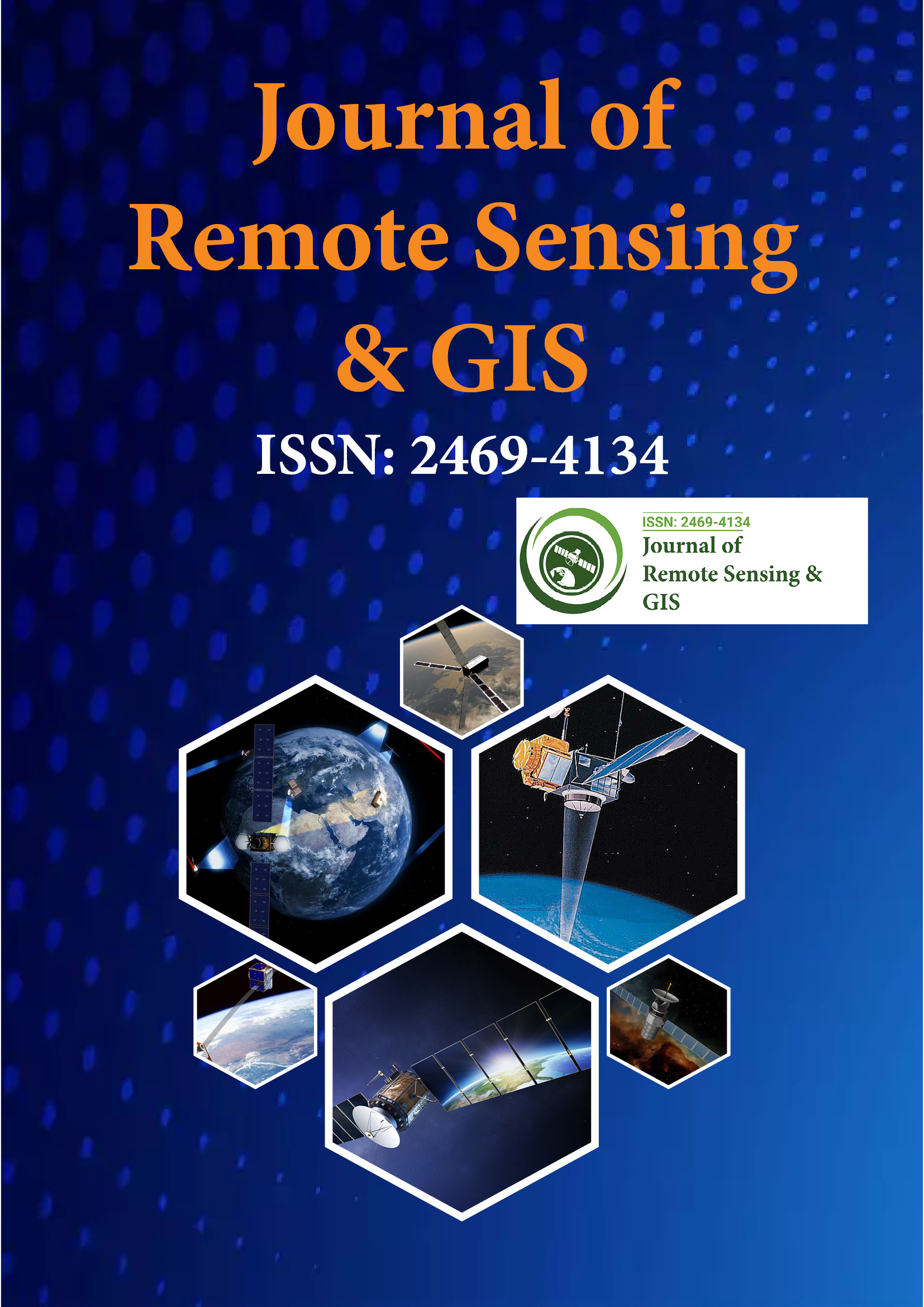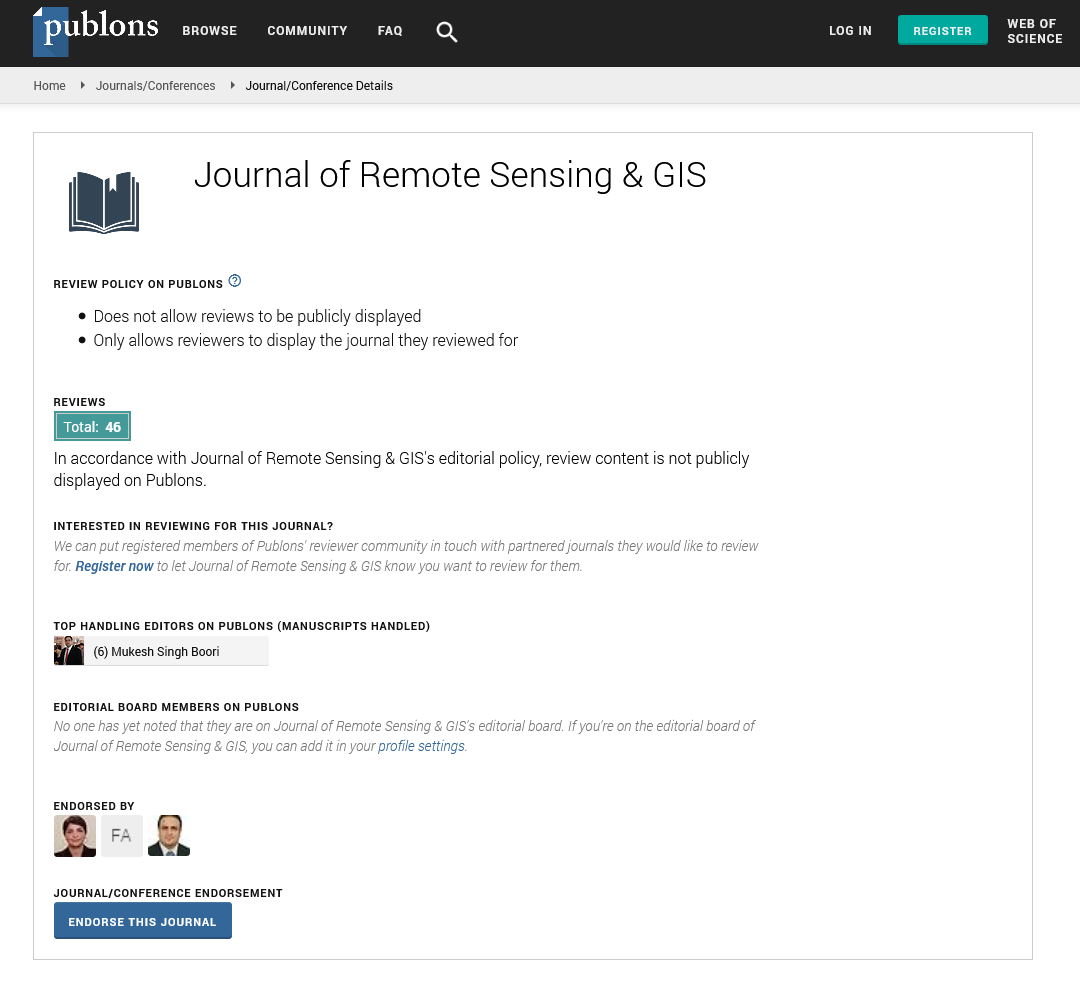Indexed In
- Open J Gate
- RefSeek
- Hamdard University
- EBSCO A-Z
- OCLC- WorldCat
- Publons
- International Scientific Indexing
- Euro Pub
- Google Scholar
Useful Links
Share This Page
Journal Flyer

Open Access Journals
- Agri and Aquaculture
- Biochemistry
- Bioinformatics & Systems Biology
- Business & Management
- Chemistry
- Clinical Sciences
- Engineering
- Food & Nutrition
- General Science
- Genetics & Molecular Biology
- Immunology & Microbiology
- Medical Sciences
- Neuroscience & Psychology
- Nursing & Health Care
- Pharmaceutical Sciences
Developing US regional statistical models for estimating ground-level fine particulate matter using remotely-sensed aerosols and meteorological data
2nd International Conference on GIS and Remote Sensing
October 02-03, 2017 Vienna, Austria
Ching An Yang, Muhammad G Barik, Mohammad Z Al Hamdan, William L Crosson and Shane R Coffield
San Jose State University, USA
Universities Space Research Association at NASA Marshall Space Flight Center, USA
University of California, Irvine, USA
Posters & Accepted Abstracts: J Remote Sensing & GIS
Abstract:
Began in summer 2016, this Air Quality Project evaluates the correlation between ground-level fine particulate matter (PM2.5) and satellite measurements of the Aerosol Optical Depth (AOD) through the development of regression models. Initially, as part of this project, only eight cities were selected as the target areas for developing both single variable (including only AOD) and multi-variable (including AOD and meteorological variables) models for PM2.5 estimation. Building upon the initial project, algorithms for regression models were modified in this this project to increase the efficiency and the area coverage. These improved algorithms were applied at the national scale to estimate and evaluate modeled PM2.5 for different U.S. regions. High-resolution MODIS AOD data and Boundary Layer Height from a numerical meteorological model were tested in these regions to improve the accuracy and overall performance of the models. These enhanced models helped scientists to estimate the ground-level PM2.5 in the United States using satellite data even when ground-based measurements are not available.

